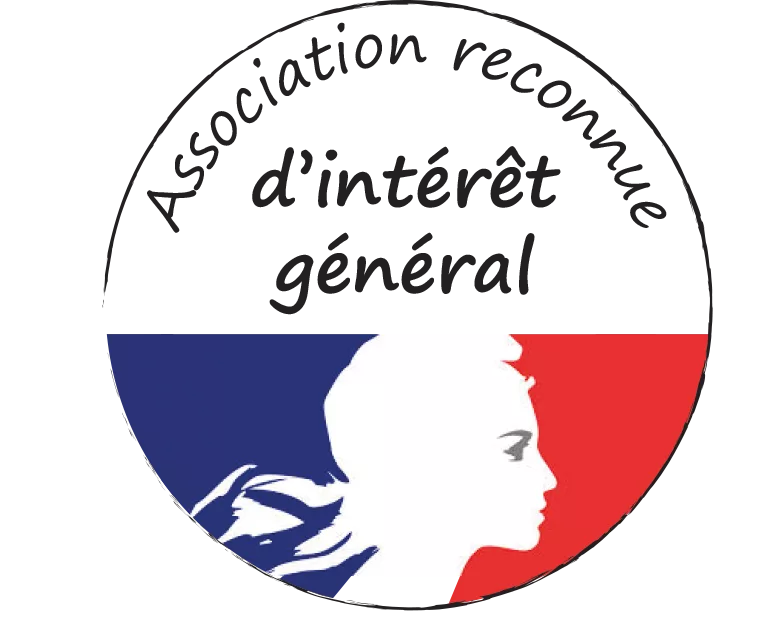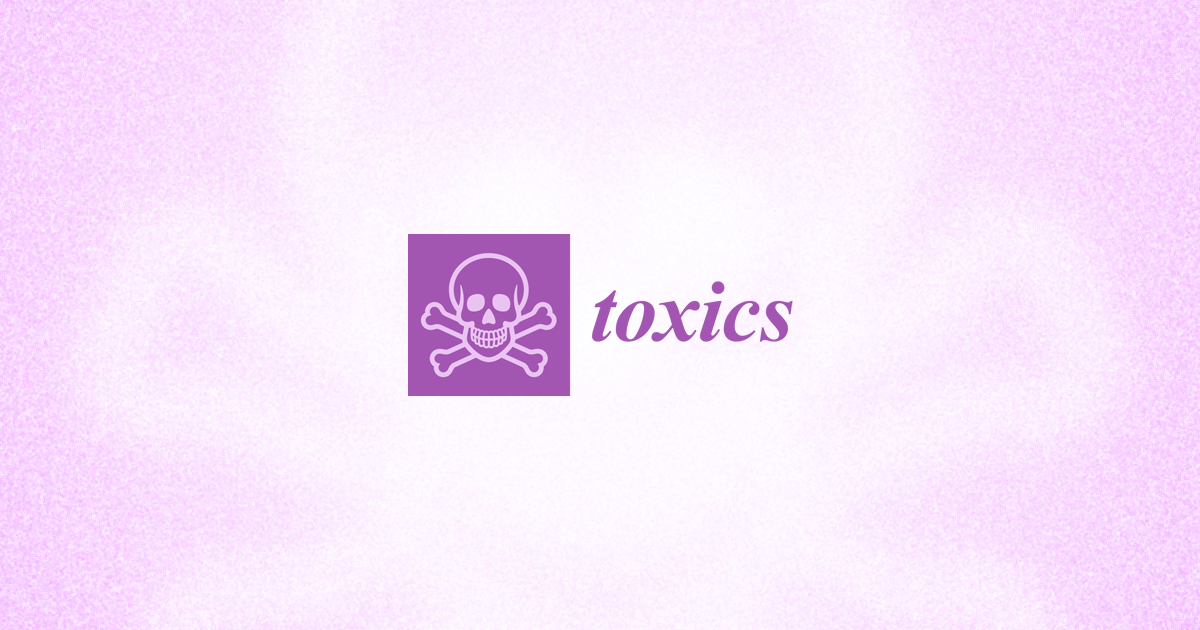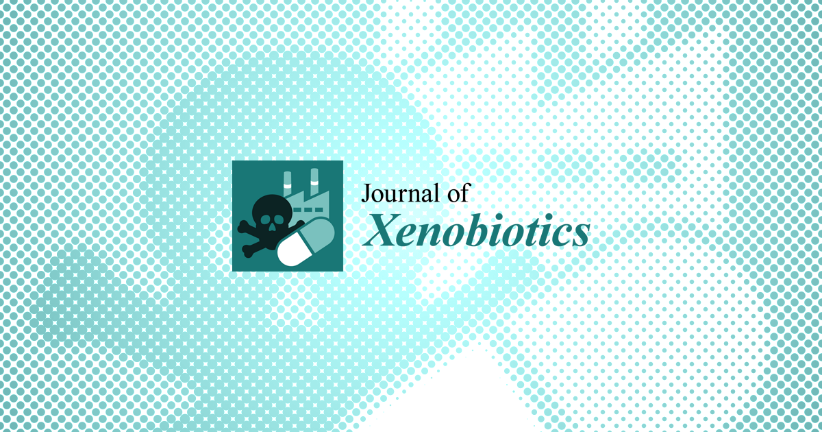Emeline Gernez 1, Sylvie Deheul 2, Marie Joncquel 1, Céline Tard 3, Claire Douillard 4, Guillaume Grzych 1, ⁎
Annales pharmaceutiques françaises
Nitrous oxide (N2O), also known as "laughing gas" or "proto", is a gas used in the medical field for therapeutic purposes, notably in equimolar mixtures with oxygen, for its analgesic properties, as well as in industry as a propellant or oxidizer. However, there is also a diverted use of
of N2O for recreational purposes, via inhalation from culinary capsules or cylinders. Initially, this diverted use was mainly observed in certain festive circles, with consumption remaining occasional. However, in recent
recent years, we've seen the spread of its use to the general population, with an increase in cases of chronic consumption and the notion of repeated or even daily and prolonged use. In fact, the now-preferential use of carboys rather than capsules considerably increases the quantity consumed. What's more, this type of packaging contains a pure gas that can cause more severe and rapid toxicity. Recreational use of N2O mainly concerns young people aged 18 to 25, with a median age of 21. The regions most affected are Hauts-de-France and Île-de-France. In view of the increasing
incidence of N2O-related disorders, a change in legislation in 2021 enacted a ban on the transfer and sale of N2O to minors, but this did not seem to have a major impact on consumption. Indeed, this gas remains easily accessible, as it is freely available on the Internet, and resale channels
The impact on health remains largely unknown to the general public and consumers.
Link to article: https: //www.em-consulte.com/article/1554358/intoxication-au-protoxyde-d-azote-des-consommation










 Make a donation
Make a donation